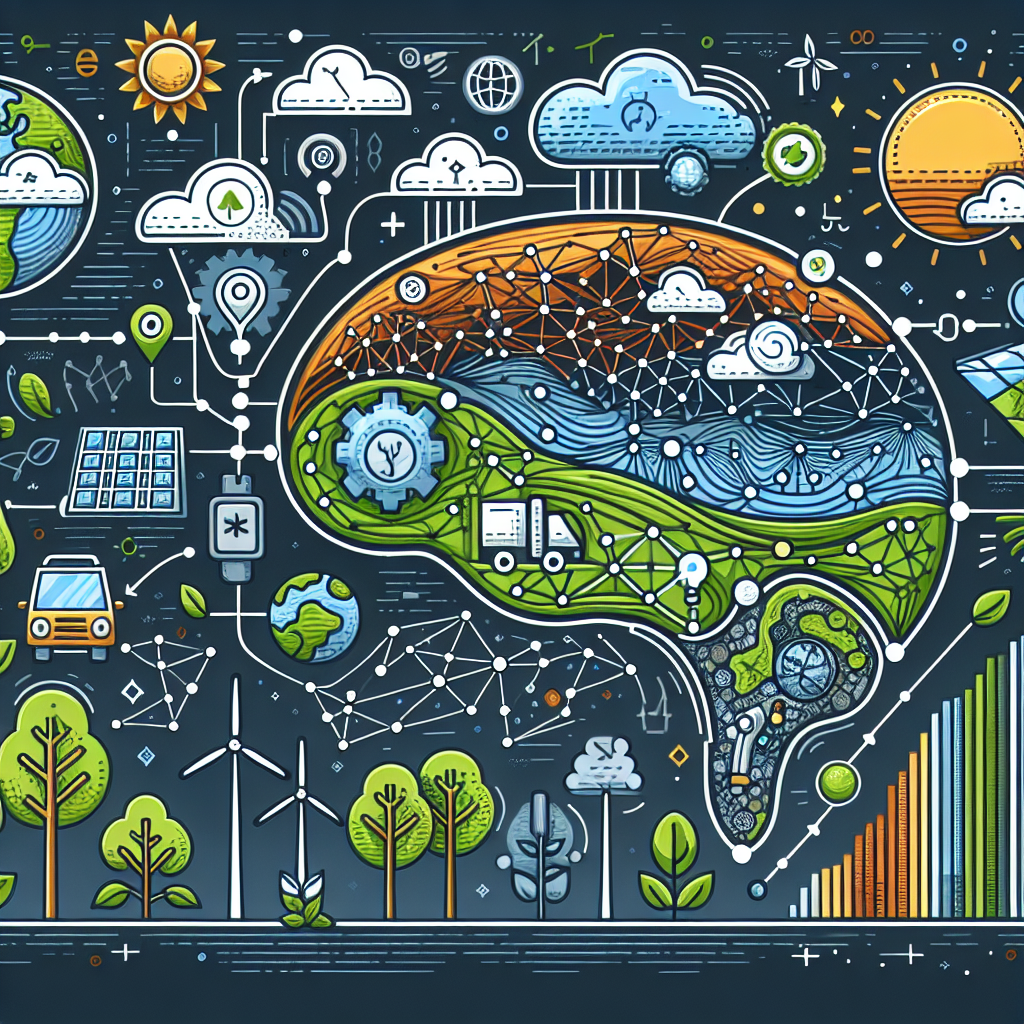The Role of AI-Driven Solutions in Climate Change and Sustainability Efforts
In recent years, the issue of climate change has become one of the most pressing challenges facing the world. The devastating impact of rising global temperatures, extreme weather events, and the loss of biodiversity has forced governments, businesses, and individuals to take action to reduce their carbon footprint and promote sustainability. Artificial Intelligence (AI) has emerged as a powerful tool in the fight against climate change and the promotion of sustainable practices.
AI-driven solutions are being used to analyze vast amounts of data, predict future climate patterns, optimize energy consumption, and identify opportunities for reducing greenhouse gas emissions. These technologies have the potential to revolutionize the way we approach environmental challenges and create a more sustainable future for generations to come.
One of the key benefits of AI-driven solutions in the fight against climate change is their ability to process and analyze large datasets quickly and accurately. This allows researchers and policymakers to better understand the complex interactions between human activities and the environment, and to develop more effective strategies for reducing greenhouse gas emissions and promoting sustainability.
For example, AI-powered models can analyze satellite imagery to track deforestation, monitor changes in land use, and identify areas at risk of wildfires. By gathering and analyzing this data in real-time, researchers can better understand the impact of human activities on the environment and take proactive measures to protect forests and prevent the loss of biodiversity.
AI-driven solutions are also being used to optimize energy consumption and reduce greenhouse gas emissions in various sectors, such as transportation, manufacturing, and agriculture. For example, AI algorithms can analyze traffic patterns to optimize routes for delivery trucks, reduce fuel consumption, and lower emissions. In agriculture, AI-powered sensors can monitor soil moisture levels, crop health, and weather conditions to optimize irrigation and fertilization practices, reduce water waste, and increase crop yields.
Furthermore, AI-driven solutions are helping businesses and individuals make more sustainable choices by providing personalized recommendations based on their preferences and habits. For example, AI-powered apps can suggest energy-efficient appliances, eco-friendly products, and sustainable transportation options to help consumers reduce their carbon footprint and promote a more sustainable lifestyle.
In addition to their role in reducing greenhouse gas emissions, AI-driven solutions are also being used to mitigate the impact of climate change and extreme weather events. For example, AI algorithms can predict the path of hurricanes, floods, and wildfires, and help emergency responders allocate resources more effectively and evacuate people from high-risk areas.
Overall, AI-driven solutions have the potential to play a key role in the fight against climate change and the promotion of sustainability. By harnessing the power of AI to analyze data, optimize energy consumption, and make more informed decisions, we can create a more sustainable future for ourselves and future generations.
FAQs
Q: How can AI help in reducing greenhouse gas emissions?
A: AI can help in reducing greenhouse gas emissions by analyzing data to identify opportunities for energy efficiency, optimizing transportation routes to reduce fuel consumption, and promoting sustainable practices in various sectors.
Q: What are some examples of AI-driven solutions in the fight against climate change?
A: Some examples of AI-driven solutions in the fight against climate change include analyzing satellite imagery to track deforestation, monitoring soil moisture levels in agriculture, and predicting the path of extreme weather events.
Q: How can individuals contribute to sustainability efforts using AI?
A: Individuals can contribute to sustainability efforts using AI by using AI-powered apps to make more sustainable choices, such as purchasing energy-efficient appliances, eco-friendly products, and sustainable transportation options.
Q: What are the potential benefits of AI-driven solutions in promoting sustainability?
A: The potential benefits of AI-driven solutions in promoting sustainability include reducing greenhouse gas emissions, optimizing energy consumption, and mitigating the impact of climate change and extreme weather events.
Q: How can businesses benefit from using AI in their sustainability efforts?
A: Businesses can benefit from using AI in their sustainability efforts by reducing operational costs, increasing efficiency, and enhancing their reputation as environmentally responsible organizations.

